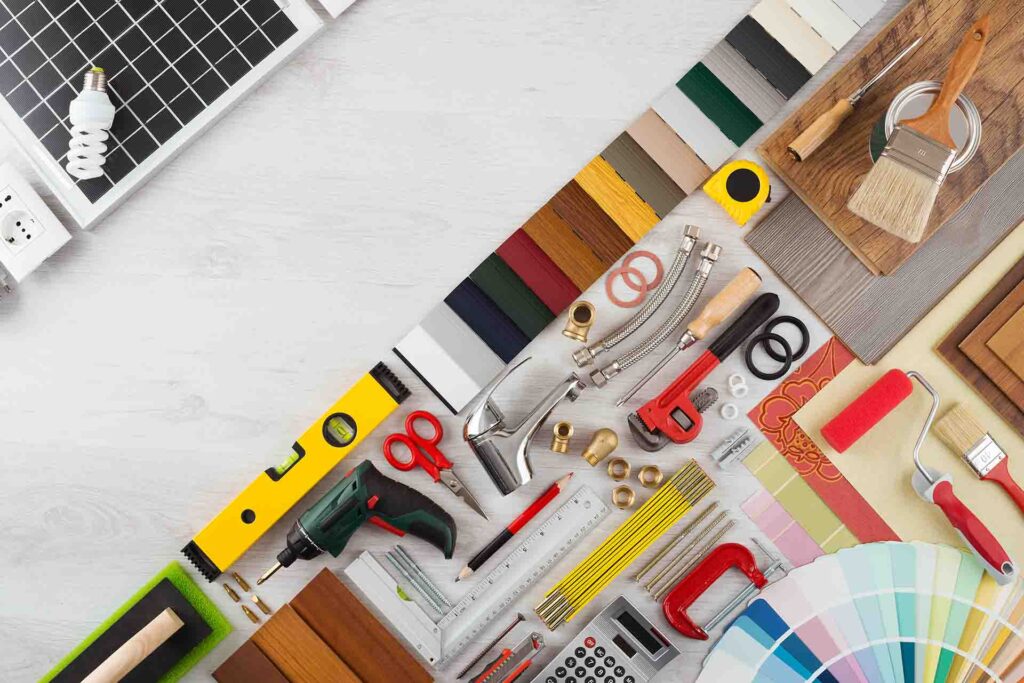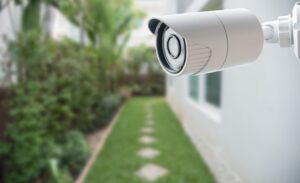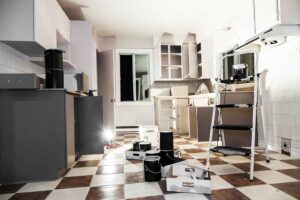
The joys of owning your own home come with many responsibilities, including maintenance and repairs. And while many home improvement projects might require a licensed contractor, often homeowners choose to tackle minor repairs, maintenance, and even certain renovations themselves to save money. If you decide to go that route, there are some important safety considerations to keep in mind before you begin.
PPE has become somewhat of a household name, the most common form being the mask. But as it relates to home improvement, there are other forms of PPE that, for safety reasons, should be worn when performing your home repairs and maintenance. Basic, standard PPE includes the following—
Eye Protection. Standard eyeglasses are not safety glasses, but you can have safety glasses made with prescription lenses. If you need prescription safety glasses, talk to your eye doctor about which option is best. Otherwise, look for safety glasses rated for construction environments.
Hand Protection. Gloves perform vital safety functions like puncture resistance, chemical and solvent resistance, impact and vibration resistance, and flame resistance, and wearing the right glove can be the difference between keeping or losing the use of your fingers. For example, if you’re outside chopping firewood, you might choose a leather glove, but you may want a cut-resistant glove if you’re cleaning your latest catch. Similarly, if you’re changing lawn mower blades or emptying gutters, you may opt for cut resistance, but latex or rubber gloves will be better choices when preparing uncooked meats or scouring contaminated surfaces.
Respiratory Protection. Masks are another one of those pieces of safety equipment where the mask you choose will depend on the task performed. Dust masks or N95 respirators are suitable for most homeowner applications; however, cloth face coverings are popular options and, similar to dust masks, offer protection when mowing the lawn or dusting the living room. Likewise, if you’re hosting a barbeque or contributing to a bake sale, a dust mask or cloth face covering will help keep expectorants out of the food.
Hearing Protection. When we think of loud equipment causing hearing loss, we typically think of noisy power tools like saws and drills or lawn equipment like mowers and leaf blowers. Surprisingly, running everyday household appliances like blenders and vacuum cleaners can also lead to hearing loss. Whether earmuffs or earplugs, include hearing protection with your PPE to use when operating any loud equipment.
Depending on the specific project, other items you might need include body protection like disposable polyethylene coveralls, reusable cotton overalls, aprons, or chaps; foot protection like boots with steel, composite, or alloy toes; head protection like a bonnet, baseball cap, or hard hat; and knee protection like pads or cushions.
Using personal protective equipment requires additional time and effort, but it’s time well spent helping you avoid using your first-aid kit or, worse, visiting the emergency room.
This article provides general information about personal protective equipment and is not exhaustive—exercise caution when performing home maintenance and repairs.


